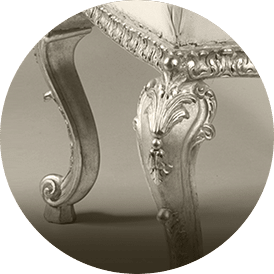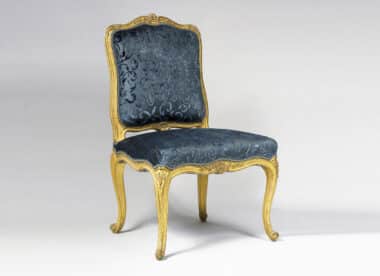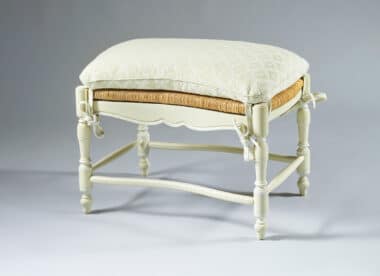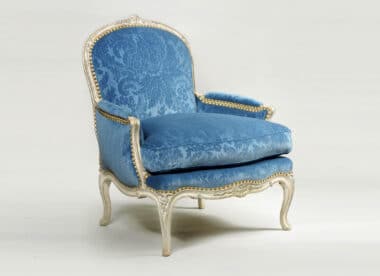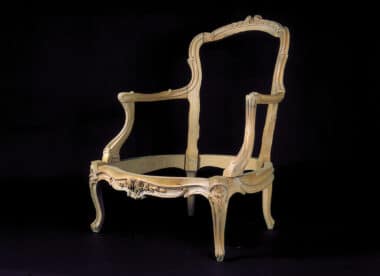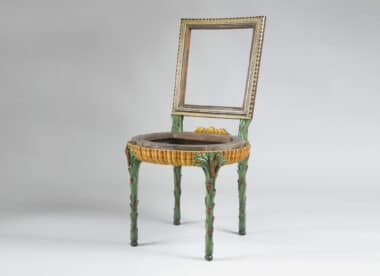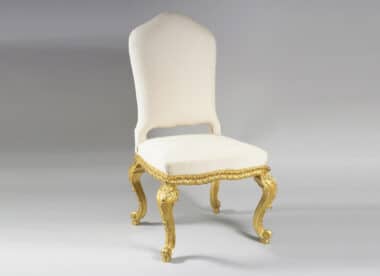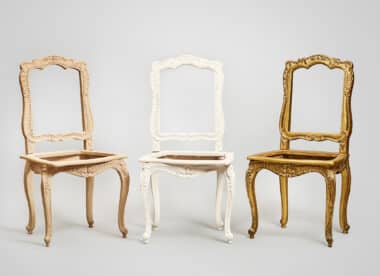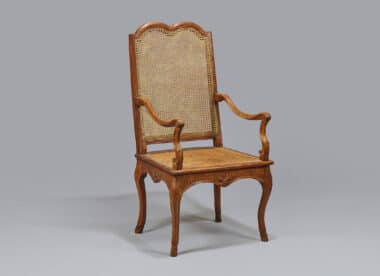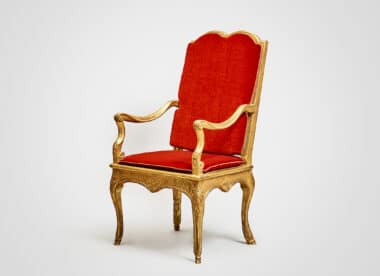ROCOCO STYLE
Rococo style in interior design and decorative arts originated in Paris in the early 18th century. From there, it quickly spread across France and later into other European countries.
Furniture of the Louis XV period featured curved forms, lightness, comfort, and asymmetry, replacing the more formal and massive pieces of the Louis XIV style. The Louis XV aesthetic emphasized elegance, delicacy, and an exuberant use of curving natural forms in ornamentation.
Designers created Louis XV furniture not for the vast state rooms of Versailles under Louis XIV, but for the smaller, more intimate salons favored by Louis XV and his mistresses, Marquise de Pompadour and Comtesse du Barry. Among the most notable master furniture makers of this period were André-Charles Boulle, Charles Cressent, Louis Delanois, and Jean-François Oeben.
The term Rococo comes from the French word rocaille, which originally referred to shell-covered rockwork used to decorate artificial grottoes. In Italy, the Rococo style flourished mainly in Venice, where Giovanni Battista Tiepolo captured its grandeur in large-scale decorative paintings. Francesco Guardi and Canaletto also reflected Rococo influence in their depictions of Venetian urban vistas.
Vosges fabricates tailor-made Louis XV style chairs and furniture.
Image Wikipedia.







